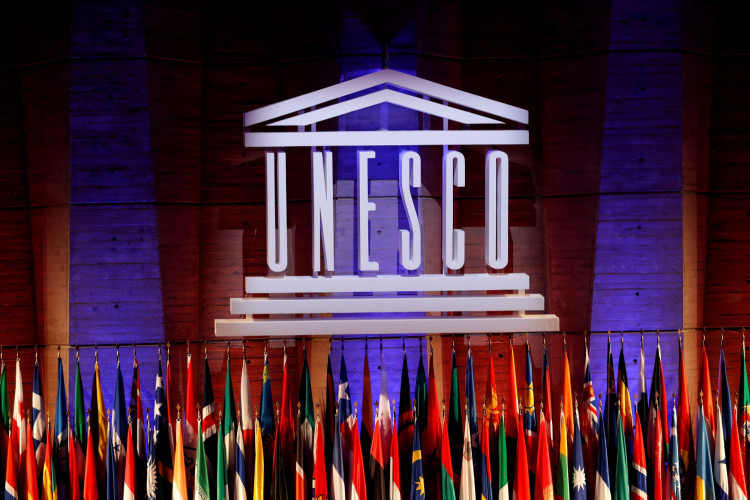New additions to this year's World Heritage sites include an archaeological site in Turkey, the great spa towns of Europe, an eight-century-old temple in India, a boulevard in Spain and an ancient port city in China.
Among the cultural sites is a China city once known as "the Emporium of the World." Quanzhou's tapestry of ancient bridges and pagodas includes one of China's oldest mosques and other glimmers of a vibrant 10th-century city.
The selection places China near the top of the list of countries with the most World Heritage sites, right after Italy, which was awarded more this year - for porticos in Bologna and a series of 14th-century frescoes in Padua.
This year's natural sites include the Korean Tidal Flats, Thailand's Kaeng Krachan mountain forest (where elephant poaching is a problem), and the Colchic rainforests and wetlands along the Black Sea in western Georgia - the last remnants of a landscape that stretched across Eurasia nearly 10 million years ago.
Since 1978, UNESCO has selected World Heritage Sites for their "outstanding universal value" and to help preserve sites endangered by neglect, climate change and overdevelopment.
More than a thousand natural and cultural sites have been added to the list over the years, ranging from the Galapagos Islands and Yellowstone National Park (which were among the first sites picked) to this year's selections.
The UNESCO World Heritage Committee did not convene last year owing to the Covid-19 pandemic, thus this year's session, hosted in Fuzhou, China, and attended by virtual participants from around the world, is evaluating nominations for 2020 and 2021.
UNESCO removed English city Liverpool from its list because of concerns about the effects of new building. The committee asked Romania's Roșia Montană Mining Landscape, a new entry, be placed on its list of World Heritage in Danger.






